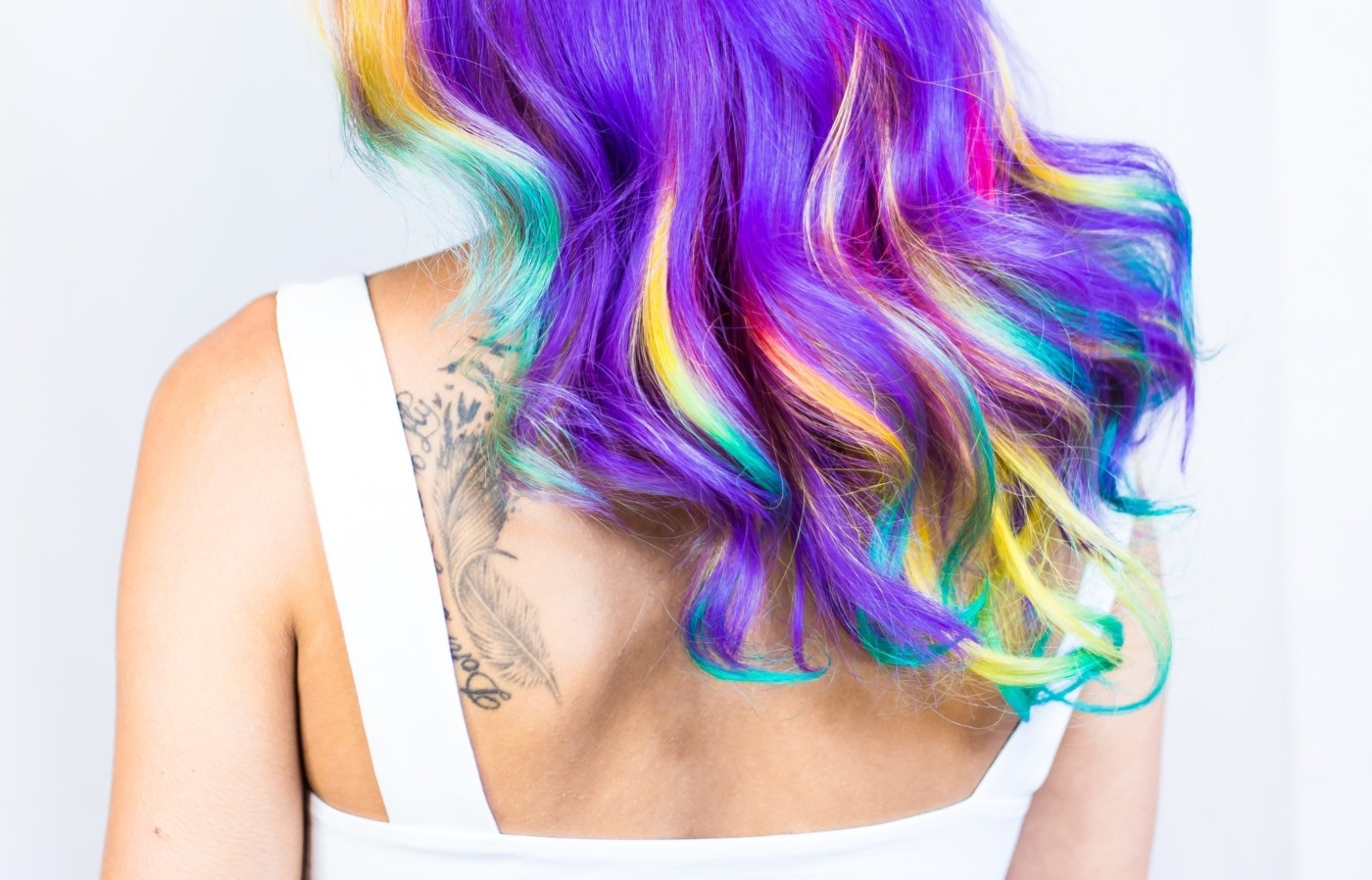Embracing the wonderful world of colourful hair
Before I came to university, I was a hair dye virgin. It wasn’t that I hadn’t ever wanted to try a new look, but it took the freedom of my own en-suite bathroom, where I could experiment without fearing judgement from my family’s watchful eyes, before I was brave enough to embrace the wonderful world of hair colouring.
Ever since that very first dip dye, I have been hooked. But, despite my constant, yearning desire to try something new, I know too well that this can soon become a costly urge to fulfil. The sad fact is that dying your hair is pricey and it takes up precious time, especially if you don’t know what you’re doing. Along my journey to becoming a self-confessed serial hair dyer, I’ve picked up a few tips on how to dye your hair safely and successfully, get a little wild, and all without risking that dreaded, instantaneous regret.
Don’t wash your hair too often
Besides the fact that washing it less is good for the overall health of your hair, shampoo can quickly have a negative impact on your freshly coloured hair. Every time you wash your hair, it will make your colour duller. In turn, your hair will look less healthy and your colour less vibrant and refined. It’s inevitable that the colour will fade, but shampooing a tad less often will slow this down – you won’t need to buy more dye for a little while, saving money in the long term. Personally, I wash my hair once a week and am passionately in love with dry shampoo.
Colour undertones are important
Instagram doesn’t tell you that your starting base colour has a huge impact on your final look. We all know that if you bleach your hair, it will get lighter, but different types of light undertones will affect your final colour. If you want a cool-toned colour, you’ll have to work for it, since most natural colours are warm-toned. This is why purple toners exist, to counteract yellow tones. This also explains why blue hair dye often fades to green – once you’ve shampooed a few times, the yellow tones begin to appear. When I wanted to go dark grey, my hair wouldn’t lift to a pale or cool tone. After one wash, it sadly faded to a dull, brownish colour.
This is good news if you want a warmer hair colour. It’s more likely that they’ll be true to the look you had in mind, and they’re a little more forgiving – if you do mess up, they’ll probably blend in a little better to your natural hair. I find red and purple tones especially easy to work with.
Don’t run before you can walk
Namely, don’t attempt to bleach your whole head yourself unless you are very confident and experienced, or have confidence in a friend who can do it for you. I’ve gradually worked towards dying a little bit more of my hair a time, but, even three years later, I wouldn’t even think about bleaching my whole head of hair myself. You will miss a patch at the back or underneath, and it will probably be uneven. And then you’ll be mad at yourself. And have to fork out the funds for a dark dye, or to get it professionally fixed.
Consider What Permanency Is Best
Obviously, you want your hair to stay looking fresh for as long as possible, but think practically about the timescale you want or need the colour for. This is less of a concern with natural colours, but “fashion” colours need consideration. Permanent hair dye is only good if you feel confident that you will love the colour for a long time, want low maintenance and don’t have commitments that might require certain colour regulations.
If you get bored easily or are feeling a little bit less confident, go for semi-permanent dye. I personally tend to use semi-permanent, as I love experimenting with lots of new colours and I’ve had jobs where I needed a more “natural” colour. I enjoy that my colour is ever-evolving with different amounts of fade and colours throughout. Do be wary of blue or green semi-permanent dyes, however – you’ll never really get the green tinge out.
Spray-in colours or chalk are only good for a single night and you should make sure you wear old clothes. The colour will migrate everywhere.
Use At Least Two Different Colours
For depth, always use at least two different colours. The eye likes contrast. It’s often so subtle that you don’t notice it, but without the different tones, the colour looks flat. This can be the tell-tale sign between a professional’s work and someone who has done their hair at home. The trick is to apply the different colours in an almost random fashion, blending them together without the harsh line that so many home ombres have suffered. Once applied, take strands of your hair and twist and rub them together to blend. Search for “colourmelt” online to fully understand what I am describing.
Time and time again, these tips have given my hair the boost it needed. I’m getting better with practise, and I’ve got closer to my hair goal with each dye. Dying my hair has helped me feel creative and empowered. I adore how freshly dyed hair makes me feel confident, fresh and put together. Hopefully, these tips might just give you that same feeling of confidence. If you’re feeling a little inspired, please remember to take the time to do your research if you have never tried dying before. There are risks, so make sure you follow the safety instructions and always carry out a patch test before using a permanent or semi-permanent hair dye, to check for allergies. Otherwise, have fun embracing the wondrous world of colourful hair!

Comments